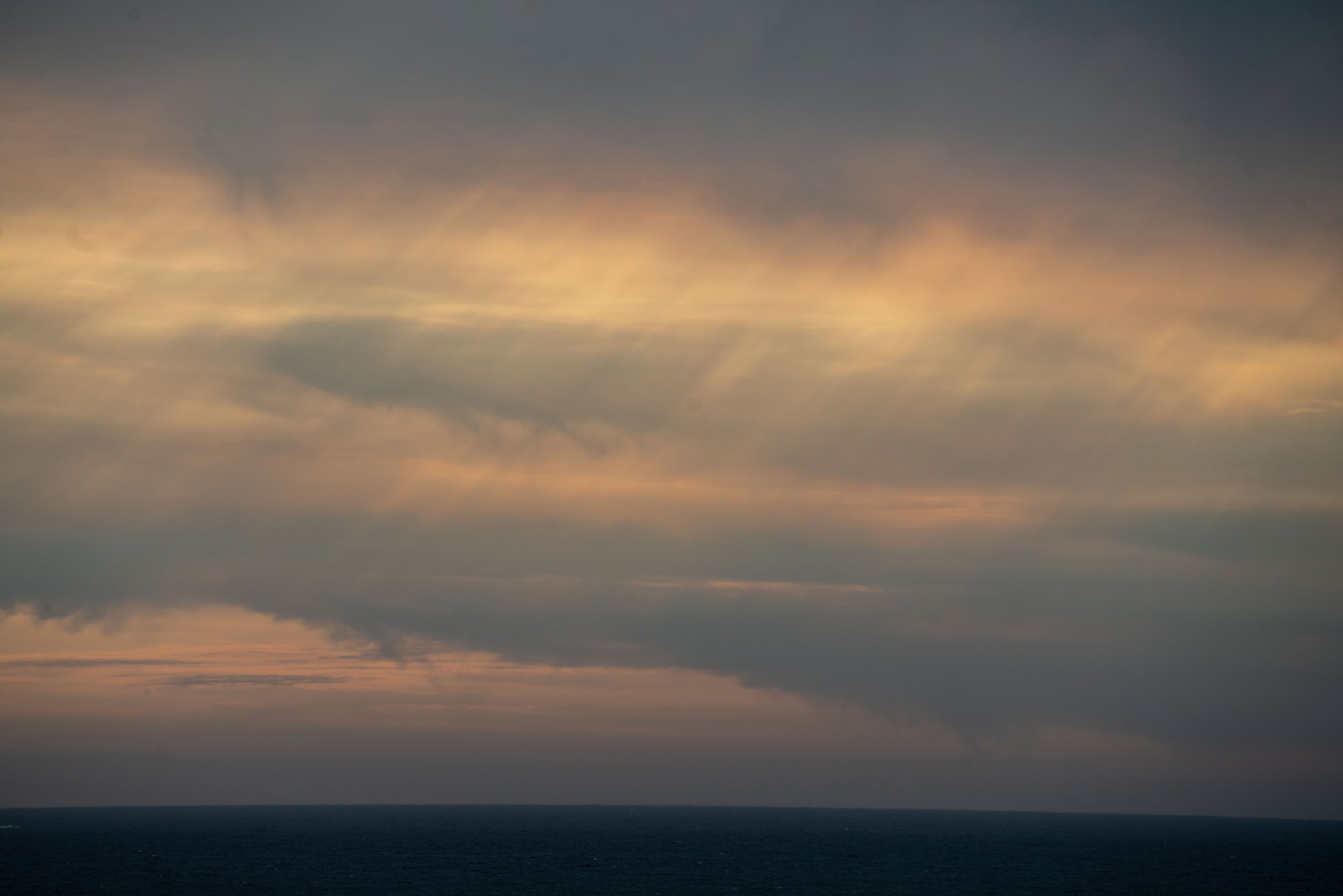
HAWKWATCH USA // DOCUMENTARY PHOTOGRAPHY
I knew Meg’s work long before I met her. Her research on the Black Eagle residents of the Cederberg has become a type of folklore. The ongoing interest I have in birds of prey and human stories, collided happily, with the goal of connecting and documenting some of her raptor research.
We hatched a plan to meet up on the West Coast of South Africa, camera in hand. Now working with Hawkwatch international, Meg was in the middle of a fieldwork trip, exploring a new project and hypothesis around Black Harriers.
Our time together spanned the dune scapes of the West coast and the high grasslands set in the shadows of Cederberg peaks. We were looking for breeding Black Harrier pairs. Gently catching, tagging and releasing the adult birds with tiny GPS trackers, would allow Meg to continue her research on the impact of wind turbines and the Harrier hawk population.



Meg and Sophie scan the landscape for signs of nesting birds.



Pellets; telltale signs of birds in the area.







The Black Harrier in flight.


Wind farms of the West coast.




Megs field toolbox. All her essentials for officially tagging and ringing birds as part of her research. The pieces are all traced back to her with a unique code system.

Some perspective on how far these birds travel around the country. Existing GPS units out in the wild.





Once caught, the bird is hooded so as to not cause any undue stress. Then, standard measurements are taken to log as part of a research database.










The Harrier will receive a tiny GPS backpack that is carefully tied, so that it may break off the bird before causing any harm.

The unit is powered by a micro solar panel to keep it online for many months ahead.


Saying goodbye.
